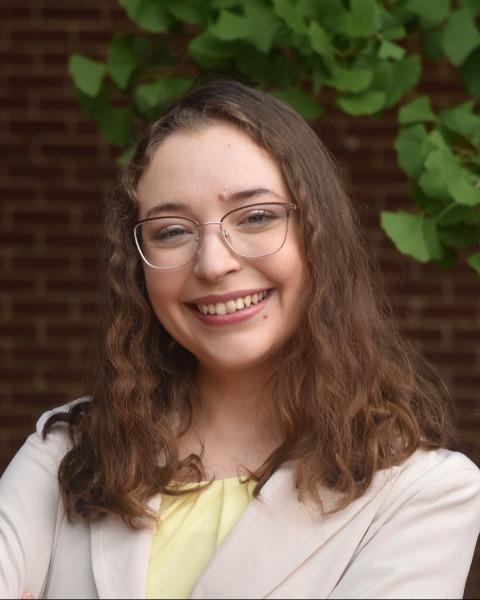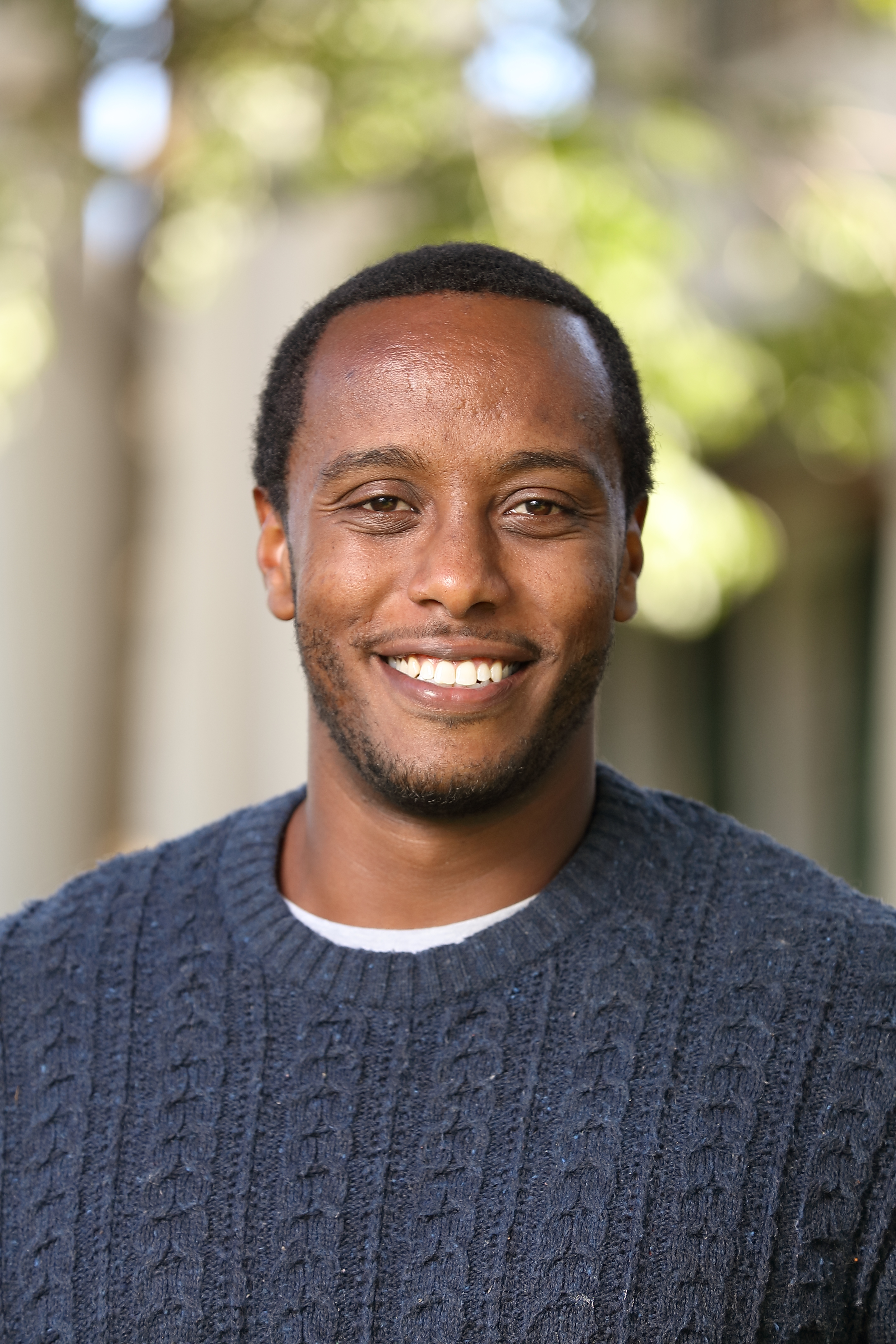Tissue Engineering
Tissue Engineering - Poster Session C & D
Z22 - Investigating Progesterone Resistance and Fibrogenesis in Endometriosis Using Mechanosensitive and Long-Term Ex Vivo Lesion Platforms
Friday, October 10, 2025
10:00 AM - 11:00 AM PDT
Location: Exhibit Hall F, G & H

Danielle Klunk
Graduate Student
University of Virginia
Charlottesville, Virginia, United States
Daniel Abebayehu, PhD
Assistant Professor
University of Virginia, United States
Presenting Author(s)
Last Author(s)
Introduction: : Endometriosis is an inflammatory disease affecting ~10% of women and characterized by the presence of fibroblast-rich endometrial lesions outside the uterus. These lesions vary widely in size, color, and location, yet maintain common characteristics including elevated inflammation, fibrogenesis, and progesterone resistance. Despite its prevalence, the etiology of endometriosis remains poorly understood, largely due to its heterogeneity and the lack of robust human-relevant models. Current in vitro models have been able to replicate stromal and epithelial compartments, but lose native, patient-specific structures as well as more complex immune compartments. Additionally, the acquisition of progesterone resistance- a hormone critical to regulating the endometrial environment through stromal cell differentiation (decidualization), anti-inflammatory signaling, and controlled matrix remodeling- remains a key mechanistic gap in the understanding of endometriosis. Within this work, we show preliminary data supporting that ectopic stiffnesses and extracellular matrix (ECM) changes alter progesterone responses and introduce a hydrogel ex vivo model to extend these findings to human tissue.
Materials and
Methods: : In this work, primary uterine fibroblasts (UFs) were cultured on polyacrylamide gels to mimic physiological stiffnesses of eutopic (4kPa) and ectopic substrates (100kPa) coated with either 10mg/mL collagen type I or fibronectin. Cells were treated for 72 hours with a cocktail of 10nM E2, 0.5mM cAMP, and 1uM P4 to induce decidualization, and flow cytometry confirms changes in FOXO1, progesterone receptors (PGR), and phosphorylated protein kinase B (pAkt) expression to determine differentiation.
We next developed a matrix metalloproteinase (MMP)-degradable PEG hydrogel functionalized with RGD peptides to permit remodeling and long-term culture of human endometriosis lesion explants. To confirm biocompatibility of the gel, UFs were added to hydrogels during crosslinking and seeded on 96-well plates. At 24- and 72-hour timepoints, a Live/Dead cell imaging kit (Thermofisher) was used to compare viability to 2-dimensional culture. Fluorescent imaging (Leica) was performed after 15-minute incubation to determine percent viability for each timepoint and condition (gel or no gel).
This same method was used on precision-cut lesions from surgical samples embedded in PEG hydrogels. Explants were cultured for up to 2 weeks, with viability assessed through live/dead cell imaging and tissue morphology at time points of 24h, 48h, 72h, and 7d. Retention of stromal, epithelial, and immune compartments is planned to be assessed via multiplexed immunofluorescence and cytokine profiling of culture media.
Results, Conclusions, and Discussions:: Our results show that stiffness affects responses to both ECM proteins and progesterone. On 4kPa soft gels, cells seeded on collagen and fibronectin-coated hydrogels responded positively to progesterone treatment, as marked by increase FOXO1, PGR, and pAkt. However, cells on fibronectin show trends toward stunted responses, with significant decreases in PGR both with and without progesterone when compared to collagen. Meanwhile, cells on stiffer gels lose responsiveness to both progesterone treatment and ECM proteins, suggesting that stiffnesses rather than ECM composition of ectopic locations may contribute to acquired resistance in lesions.
The PEG explant model exhibits biocompatibility and prolonged explant viability when compared to free-floating controls. UFs when cultured in hydrogel showed no significant differences when compared to traditional 2-dimensional culture, allowing us to apply this model to patient tissues. Viability was assessed immediately after acquiring tissue slices and showed moderate losses of viability across slices and patients, with tissues averaging to only 70% viable. Within the free-floating tissue samples, this viability measurement continues to decrease, dropping to 20% after 24 hours of culture. Free floating cultures remain at 20-40% viability across the 7-day timepoint. In contrast, PEG-embedded hydrogels maintain 70% viability across the 7-days. While morphology has yet to be assessed at this time, these results indicate that embedded lesions could be a promising route to investigating patient and lesion-specific patterns to treatments across several days.
Acknowledgements and/or References (Optional): :
